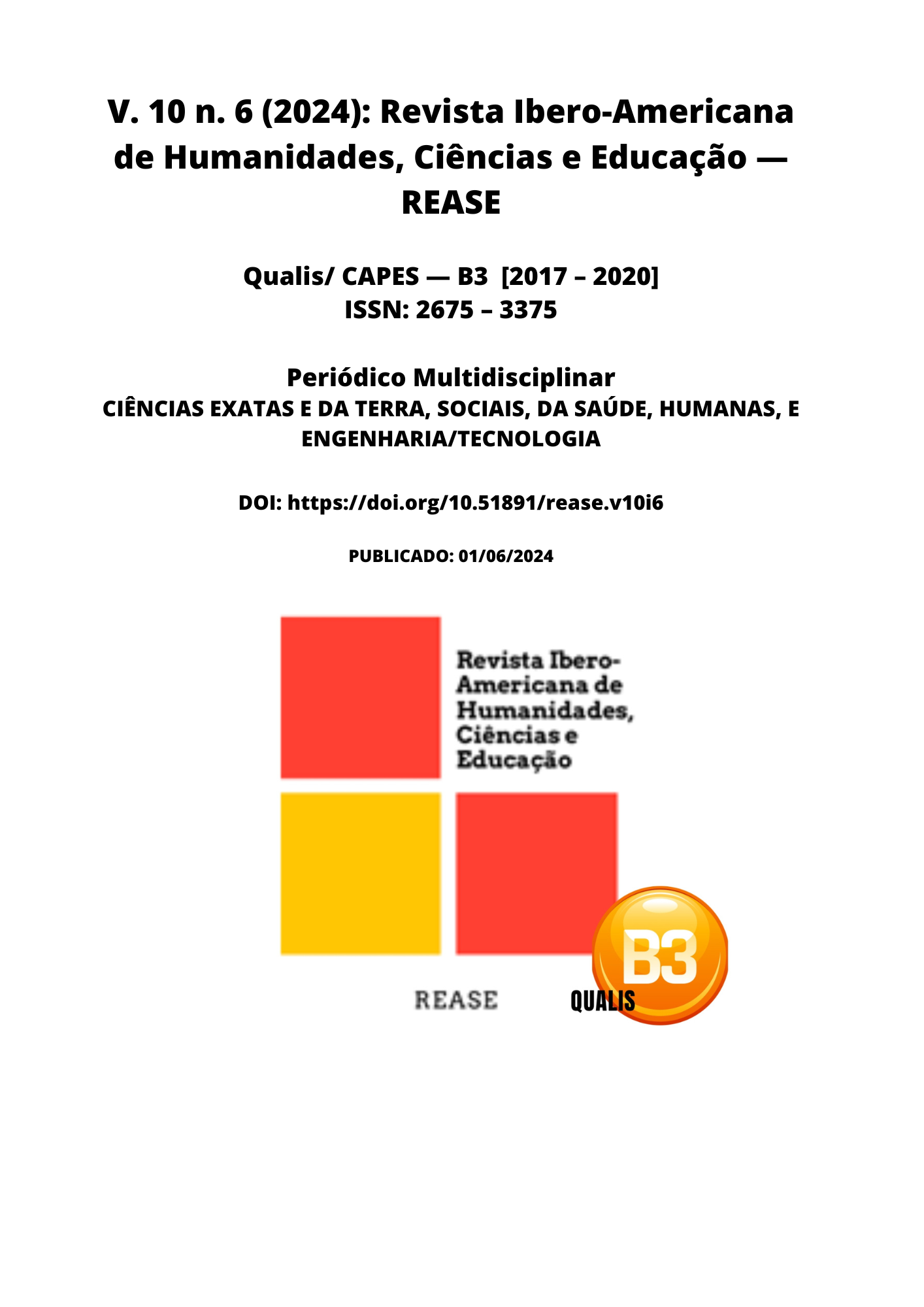DEVELOPMENT AND PROTOTYPING OF INCLUSIVE PACKAGING: BRAILLE AND QR CODES AS ACCESSIBILITY TOOLS
DOI:
https://doi.org/10.51891/rease.v10i6.14620Keywords:
Accessibility. Braille. Deficiencies. Packaging. Social inclusion.Abstract
The application of Braille and QR in the packaging industry seeks solutions to meet the demands of an increasingly demanding market, focusing on social inclusion and accessibility. This study emphasizes the importance of including individuals with visual and auditory disabilities through the application of Braille and QR Codes on packaging of essential products, such as: milk, biscuits, laundry detergents, and vitamin supplements, etc. The context underlines the social relevance of this inclusion, considering the global prevalence of these disabilities. The objective is to examine how the implementation of these technologies can promote the inclusion, accessibility, and safety of consumers with visual disabilities in a natural and sustainable way. The adopted methodology involved prototyping and Design Thinking, which allowed the conception and development of packaging with Braille and QR Codes. This approach provided a practical and direct solution to the problem in question. Finally, this study seeks to identify and discuss the challenges associated with the implementation of these technologies, aiming to improve the quality of life of these people. The results demonstrated benefits such as autonomy, access to information, and social inclusion, but also challenges such as cost and standardization. It is concluded that the application of these technologies is essential to ensure the inclusion and accessibility of these consumers.
Downloads
Downloads
Published
How to Cite
Issue
Section
Categories
License
Atribuição CC BY

